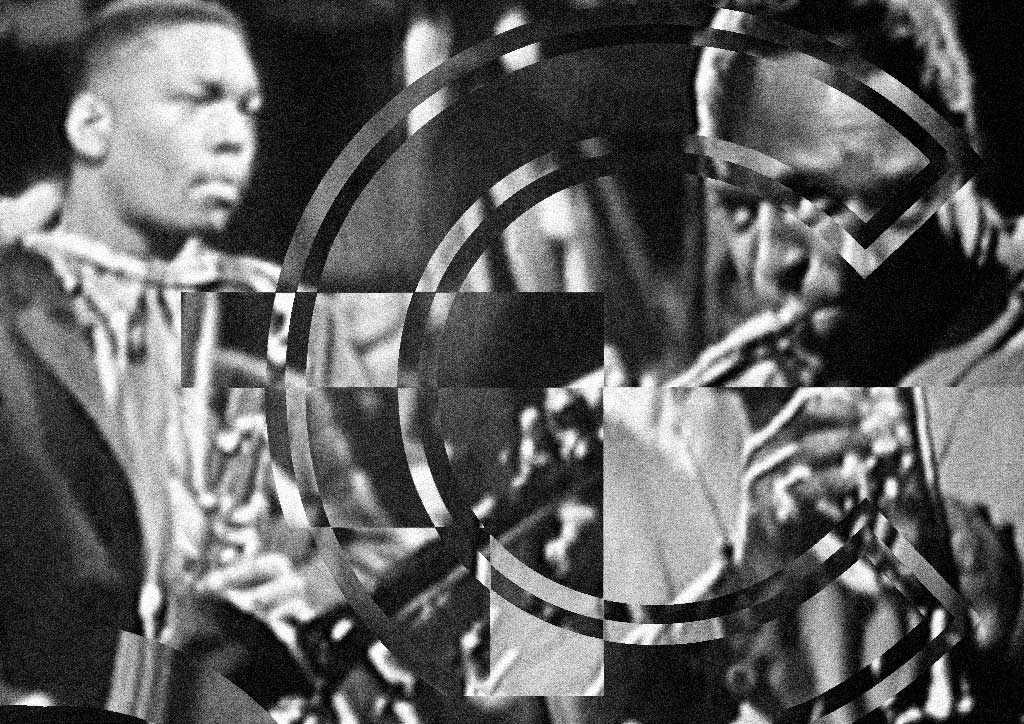
Free is the sound we make and judge is what minds do. I have been learning how to improvise on my guitar for almost a year now through the methodologies of jazz music, in which improvisation plays an integral role. Being able to express our thoughts through music is wonderful, and though all musicians express them through the compositions they make and the music they play, there is a particular joy in being able to convey your thoughts into sound with immediacy that attracted me to this particular genre.
The process of musical expression begins in the mind, then through the appendages and instrument before released into the air. In an improvisation class conducted by maestro vibraphonist Gary Burton, he equates playing an instrument to speaking. The instrument is the vocal chords and mouth, words are notes, and sentences are musical phrases. It is a sensible analogy, as learning to master an instrument and music is like learning a new language, practice is needed before one develops fluency, and music is a means of communication.
We often associate series or combinations of notes and sounds with certain feelings, and learning to play music teaches you to convey different moods. Most apparent for me is the use of music in film. Although it can play a more significant role, in most films, music is used to emphasize the mood of a certain scenes – it can make narratives more dramatic. This ability to convey/direct feelings is music’s strength, in films or on its own.
Although the interpretation of music and it’s relationship to moods can and most certainly will vary based on individual backgrounds, there are common terms that are associated with certain sounds. People will generally say that major chords sound “happy,” while minor chords sound “sad.” A slight amendment of the notes can adjust the mood, so one can imagine how rich one’s musical vocabulary can be. Let’s say we take that ‘happy’ major chord and turn it into a major 7, the addition of the 7th note makes the chord sound more open and reflective. That ‘happy’ feeling is still there, but since the comprising notes are amended so is the mood associated with it.
As one can imagine, there is a huge number of pitch combinations that can create a variety of moods. Not to mention combining the example above with other elements of music we haven’t described – tempo, meter, melody, the thousands of instruments with their own unique aural character, the human voice and its unique individual qualities – the combination is seemingly endless. Music is, of course, not limited to conveying moods, but in performing as well as interpreting music the association is natural and can arguably be described as inherent.
Miles Davis’ “So What” presents a variety of wonderful musicians and their own unique take to the composition. An all star group consisting of Miles Davis, pianist Bill Evans, saxophonist John Coltrane and Julian “Cannonball” Adderley, drummer Jimmy Cobb, and bassist Paul Chambers, “So What” presents not only a great single composition, but also individual qualities of the musicians, presenting varied moods that tie in together into one song. “So What” begins with Bill Evans alone playing a brooding part where you don’t know quite where the song will go. Then Paul Chambers bass play a cool bass line draws our attention to a certain direction. Jimmy Cobbs strong cymbal hit, like a gong, signals the beginning of the main theme, and then Miles Davis’ cool, smooth solo begins. Miles Davis ends his solo and John Coltrane’s saxophone solo enters, playing lines that sound thoughtful, sometimes somber. After Coltrane is Cannonball Adderley, and his playing is lively, with occasional stylish licks sprinkled throughout. Bill Evan plays the last solo, and his chord playing sounds immersive and “deep” (lack of a better term). The group then returns to the main theme before ending “So What” with the bassline that lead us into the music in the first place.
I purposely used words such as “somber,” “brooding,” and “lively” as it ties in with the explanation of music and moods that preceded it. Take a listen to “So What” below and you might have different interpretation of the music, but I believe we can agree that the different musicians in Miles Davis’ group present individual characters and moods.
Listen to different music and enjoy the experience they present.











